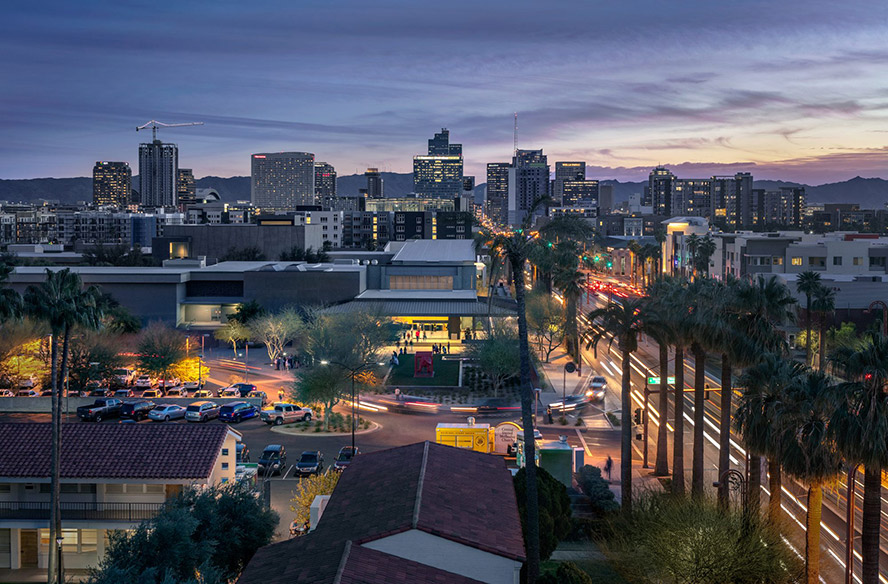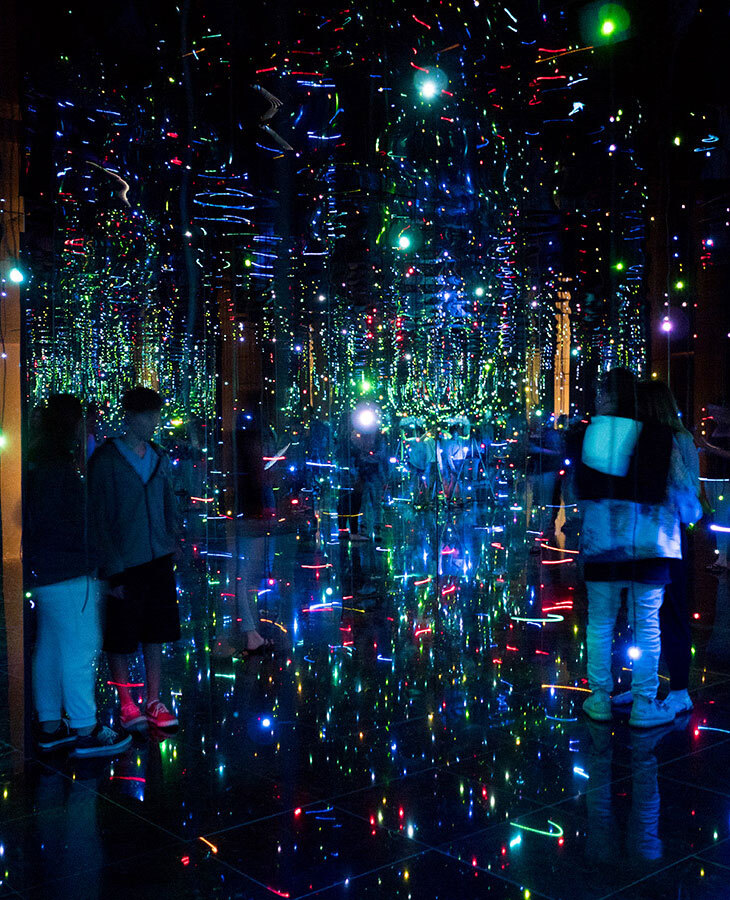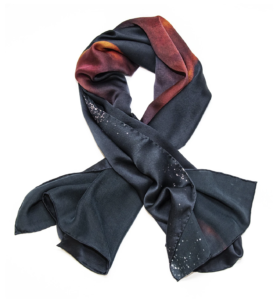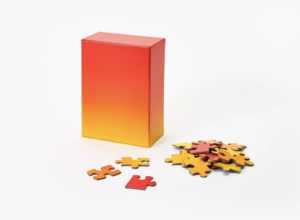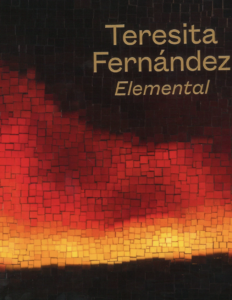The dazzling and luminous works of Teresita Fernández often leave audiences breathless, in awe of their shimmering surfaces, undulating lines, and monumental stature. But the artist’s sculptures, installations, and mixed-media wall works illuminate more than the galleries in which they inhabit, ask more of their audiences than mere admiration. They are spaces through which Fernández, a 2005 MacArthur Foundation Fellow, has redefined the landscape entirely, presenting it as a site of collaboration and conflict, introspection and interrogation—as something far beyond just a pretty view.
On view now through January 3, 2021, Teresita Fernández: Elemental at Phoenix Art Museum presents nearly 60 large-scale works that expand on notions of landscape and the psychology of looking and reinterpret the relationship between material, history, nature, and the sociopolitical references tied to place. The first major traveling exhibition and retrospective of Fernández’s work—and the first exhibition co-organized by Phoenix Art Museum and Pérez Art Museum Miami—Elemental spans the mid-1990s to the present, showcasing immersive artworks and environments made from materials such as silk, glass, graphite, mirrors, onyx, and charcoal, and that contemplate the landscape as a natural setting, a place for social interaction, and a canvas for political violence.
In an interview with Cultured, Fernández, who was born in 1968 in Miami to Cuban parents and is based in New York, explained her fascination with the word chosen as the exhibition’s subtitle:
“Elemental” means the powers of nature: atmospheric, environmental. But it also means essential—the raw core of something that can’t be reduced. The word encompasses the physicality of natural elements themselves—fire, water, earth—but also the hidden, underlying core of a substance, which is more elusive. It’s this quality that’s harder to pinpoint or to name; it’s so often rendered invisible on purpose.
For more than two decades, Fernández has conjured images of natural elements and created with earthen materials, perhaps in an effort to solve the mystery of this raw, underlying core, this elemental essence. Her works of fire, water, and earth, however, are never meant to serve as standalone objects, stagnant artworks in white-walled galleries. They are, instead, sites of participation, intimate and unpredictable spaces in which viewers are encouraged to consider the elements separately, as well as their relationship to them.
Untitled (1997), for example, is a mirrored floor sculpture that evokes the pool from the myth of Narcissus. A straightforward interpretation of water, the work references voyeurism but encourages self-reflection, asking viewers to activate the piece by looking, both down into the artwork and into themselves. In doing so, they are led to contemplate the relationship between art observer and art object, between human and nature. Can one hold meaning without the other?

Teresita Fernández, Fire, 2005. Silk yarn, steel armature, epoxy. San Francisco Museum of Modern Art, Accessions Committee Fund purchase. (Created in collaboration with The Fabric Workshop and Museum, Philadelphia) © Teresita Fernández.
Fire (2005) similarly relies on audience activation. A suspended sculpture made of thousands of hand-dyed silk threads, its flame patterns stand at ease until they are animated by light and air as viewers move around them. Like Untitled (1997), it presents an interpretation of a physical element, but its essence, its magic cannot be revealed without those who encounter it.
